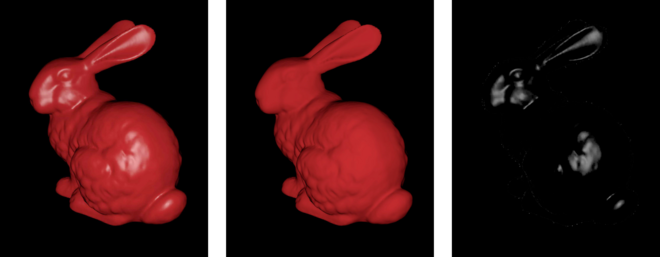-

Separation of Reflectance Components
Ankit Suresh Satpute, Ukasha Ali
(Mariya Kaisheva, Prof. Dr.-Ing. Volker Rodehorst)
Many important computer vision problems such as stereo matching for 3D reconstruction and object tracking rely on correspondence analysis over a sequence of two or more images. Specular highlights are view dependent reflection artefacts, which can vary strongly between views of the same object. The light reflected off the surface of such materials can in the simple case be represented as a linear combination of two components. The standard dichromatic reflectance model can be used to describe the interaction of light with opaque materials. Thus, removing the highlights by separating the specular and the diffuse reflection components can be essential for many computer vision algorithms. Although hardware supported solutions for highlight filtering are well known (i.e. polarization filter), it is not always feasible to build the necessary data acquisition setup depending on the object’s shape and therefore specular highlights are only partially removed. The goal of the project is to accurately measure the amount of specularity in order to acquire the material properties of opaque objects in addition to their 3D geometry.
